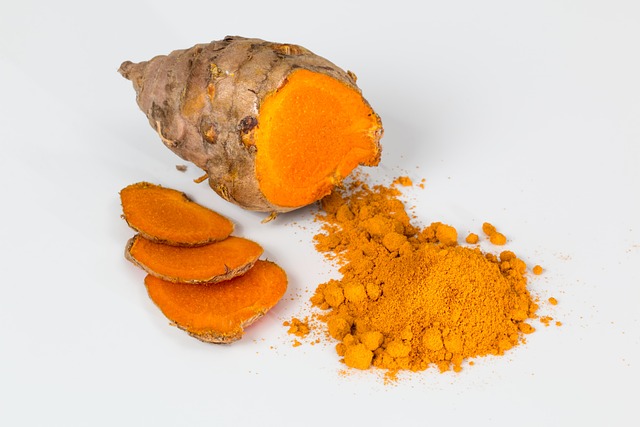Over the years, the Indian government has taken several measures and initiatives to boost the export of one of the most common Indian spices, found in almost every Indian kitchen. Haldi or turmeric is largely produced and consumed in India. According to the Ministry of Culture, India cultivates most of the world’s turmeric crop. India produces 78% of the world’s turmeric.
India is the largest producer and exporter of turmeric (APEDA, 2019). India exported US$ 236.5 million worth of turmeric in 2018 from US$ 182.53 million in 2017. In the year 2018-19, turmeric production was 389 thousand tonnes, with area and productivity 246 thousand hectares and 5646.34 kg per hectare respectively.
With the Government of India’s decision on October 4, to establish the National Turmeric Board, it will only further strengthen the country’s turmeric exports and also transform the lives of our turmeric farmers. With the Board, the Government has also taken certain unique initiatives to promote the export and production of the yellow spice.
GI Tag to turmeric to promote export
A GI tag recognises the place of origin of a product and the specific qualities or means of production associated with it. It also acts as a certification of its quality and adds to its promotion and sale.
— Kandhamal haldi or turmeric from Odisha received the GI tag in 2022. The agricultural product also stands out for its healing properties and arresting aroma. It has more oleo resin and volatile oil contents compared to other turmeric varieties.
— Erode Turmeric or Erodu Manjal is a type of turmeric, grown in the Erode region of Tamil Nadu. It was given the Geographical indication by the Government of India in 2019. Erode turmeric is known for its high curcumin. Furthermore, Erode in Tamil Nadu is the biggest producer of the yellow spice in the world, because of which the city is now also known as ‘Turmeric city’.
– Sangli turmeric from Maharashtra, received the Geographical Indication Tag (GI) in 2018. It has a curcumin content percentage of 3.45 which is very high. Sangli located in the western part of Maharashtra is considered to be the largest and most important trading centre for turmeric in Asia.
— Lakadong turmeric, one of the finest turmeric varieties in the world. It belongs to West Jaintia Hills, Meghalaya and the State has applied for a Geographical Indication (GI) tag for Lakadong turmeric.
Vocal for Local
— Prime Minister Narendra Modi in one of his Mann Ki Baat had urged people to buy local products during the festive season. Vouching for Local produce, the initiative promotes and urges people to buy local produce and products in an attempt to benefit the local and small scale vendors.
The campaign has become stronger with time and benefited farmers and their products.
Rupa Kumari
— Lakadong Turmeric has been identified under the One District, One Product (ODOP) Initiative, as a product with excellent potential for growth and export for West Jaintia Hills. It is one of the world’s finest turmeric varieties and has the highest curcumin content of 7-9%.
The One District One Product (ODOP) scheme comes under the Department for Promotion of Industry and Internal Trade (DPIIT), Ministry of Commerce & Industry. The initiative is aimed at promoting a competitive and staple product from a specific area to push sales and improve the standard of living of the local population.
ODOP is a transformational step forward towards realizing the true potential of a district, fuelling economic growth and advancing the goal of Vocal for Local.
Uttar Pradesh was the first Indian state to launch the concept in 2018.










